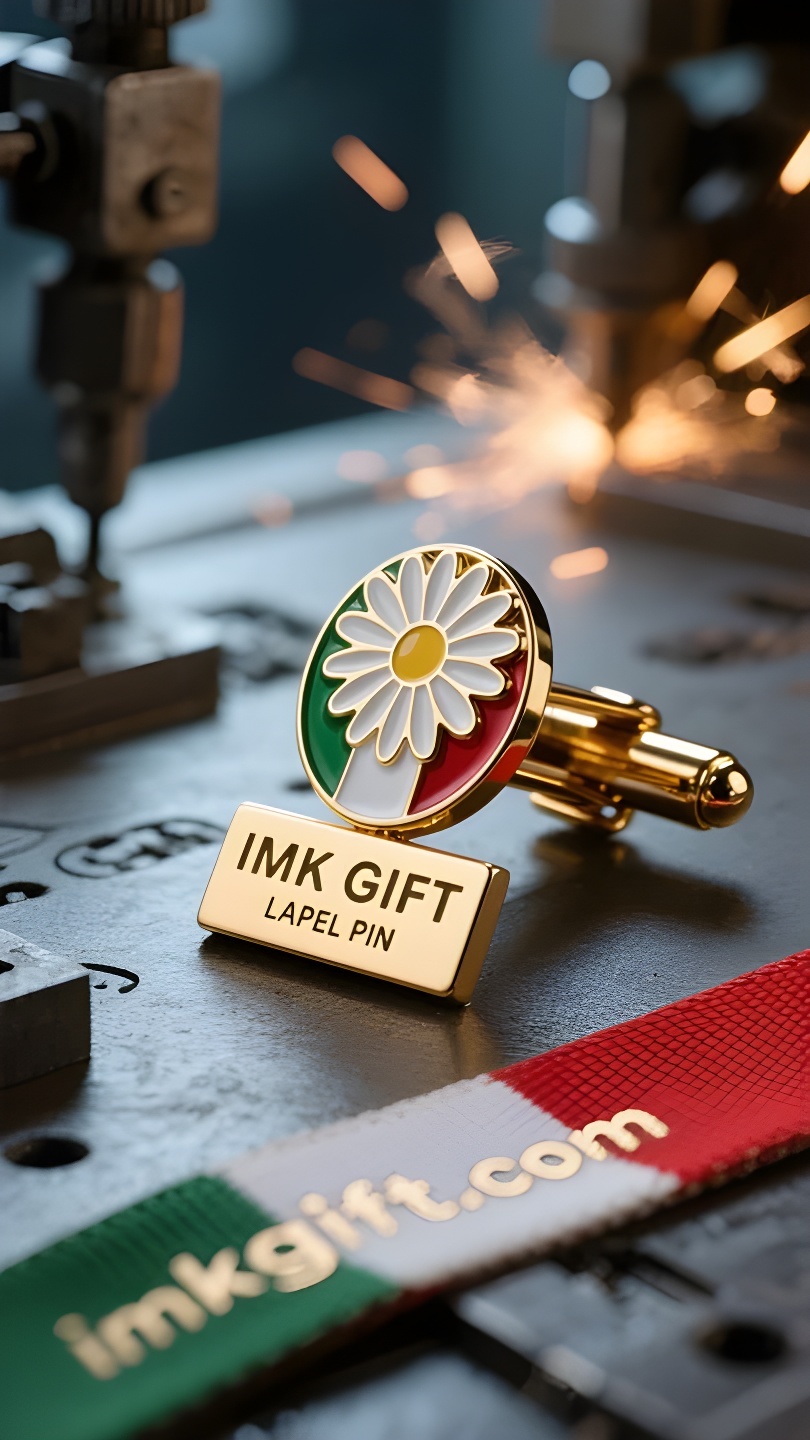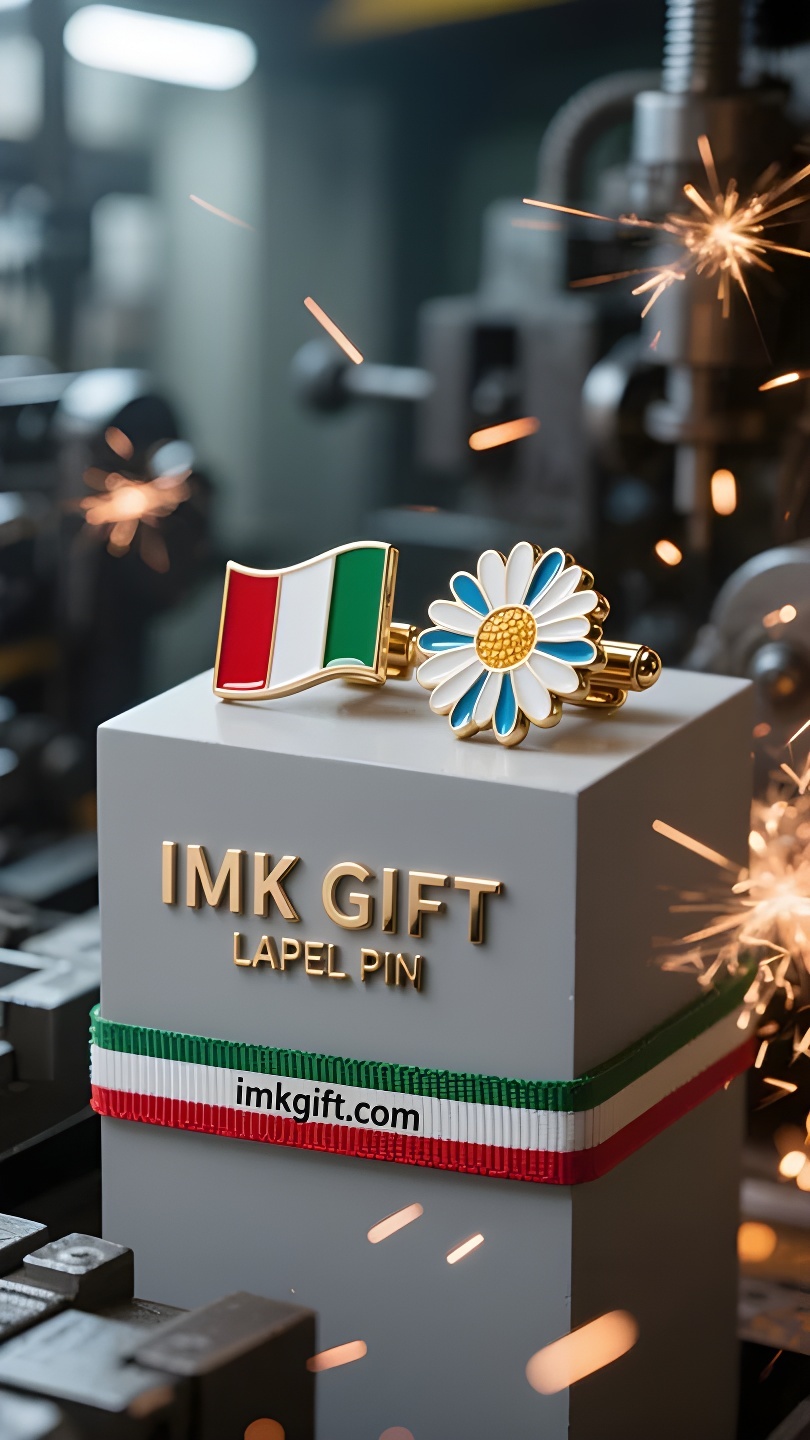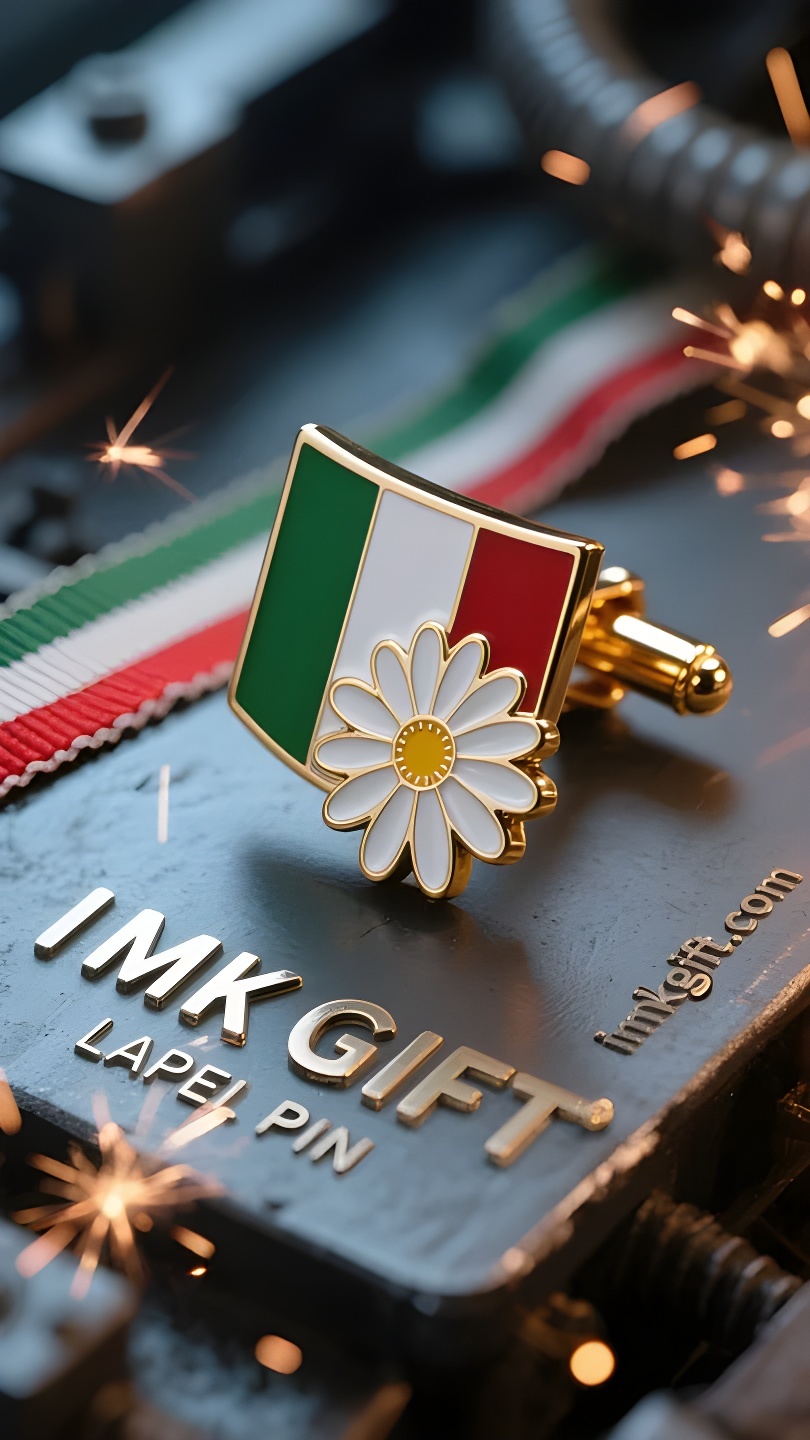in997-Medaglia-Tricolore-Scintille-e-Margherita-L-39-Eterno-Spirito-Italiano
▼
Il 2 giugno i fuochi d’artificio verdi, bianchi e rossi delle celebrazioni per la Festa della Repubblica italiana hanno illuminato ancora una volta il cielo notturno di Roma. Questo colore della bandiera nazionale ha origine nell’epoca napoleonica e porta con sé il codice del risveglio nazionale: il verde è la speranza che germoglia dai rami d’ulivo degli Appennini, il bianco è la fede pura delle cime innevate delle Alpi e il rosso è il sangue che ribolle come il Vesuvio. Quando i tre colori si intrecciano formando stelle rotanti, illuminano l’epopea della rinascita di una nazione dalle rovine. In un laboratorio milanese con una storia centenaria, un gemello d’argento a forma di margherita viene creato dalle dita di un artigiano. Questo fiore selvatico chiamato “Margherita” era un tempo il simbolo della “Scala del Paradiso” di Dante, mentre ora è diventato una medaglia scintillante sui polsini. Ogni petalo viene temprato e forgiato sette volte e il centro del fiore è intarsiato con smalto tricolore. Come tutte le grandi creazioni italiane, racchiude il romanticismo del sole della Toscana e la tenacia dei macchinari di precisione. Il Museo dell’Automobile di Torino custodisce il volante del primo prototipo Fiat, con rivetti in ottone che ricordano gli stami di una margherita. Fu sui banchi di lavoro ornati di bandiere nazionali che gli artigiani bussarono alla porta della Rivoluzione Industriale con gemelli a forma di margherite macchiati di olio per macchinari. Dalla penna d’oca di Dante al motore a pistoni della Ferrari, dal giglio simbolo della famiglia Medici al logo triangolare di Prada, gli italiani riescono sempre a trovare il giusto equilibrio tra tradizione e innovazione. Mentre i fuochi d’artificio della festa svanivano nel chiarore delle stelle del mattino, i gemelli a forma di margherite continuavano a brillare silenziosamente tra le pieghe dell’abito. Questa è forse la rivelazione più toccante della penisola appenninica: la vera gloria non risiede nel momento culminante che è al centro dell’attenzione di tutti, ma nella perseveranza di ogni anima comune che ostenta la propria fede.
On June 2, the green, white and red fireworks of the Italian Republic Day celebration lit up the night sky of Rome again. This color of the national flag originated from the Napoleonic era and carries the code of national awakening: green is the hope of the olive branches sprouting in the Apennines, white is the pure faith of the snow-capped peaks of the Alps, and red is the boiling blood like Mount Vesuvius. When the three colors interweave into rotating stars, they illuminate the epic of a nation’s rebirth in ruins. In a century-old workshop in Milan, a silver cufflink in the shape of a daisy is being formed by the fingertips of a craftsman. This wild flower called “Margherita” was once a symbol of Dante’s “Stairway to Heaven”, and now it has become a shining medal on the cuff. Each petal has been quenched and forged seven times, and the flower core is inlaid with three-color enamel – just like all great Italian creations, it has both the romance under the Tuscan sun and the persistence of precision machinery. In the Turin Automobile Museum, the steering wheel of the first Fiat prototype is preserved, and its brass rivets are like the stamens of a daisy. It was on the workbench covered with the national flag that the craftsmen knocked on the door of the Industrial Revolution with daisy cufflinks with their cuffs stained with motor oil. From Dante’s quill pen to Ferrari’s piston engine, from the lily emblem of the Medici family to the triangle emblem of Prada, Italians can always find the golden fulcrum between tradition and innovation. When the fireworks of the celebration scattered like morning stars, the daisy cufflinks still flashed silently at the fold of the suit. This may be the most moving revelation of the Apennine Peninsula: the real glory is not in the peak moment that attracts everyone’s attention, but in the persistence of every ordinary soul to pin their beliefs on their cuffs.
六月二日,意大利共和国日庆典的绿白红三色烟花再次点亮罗马夜空。这抹源自拿破仑时代的国旗色彩,承载着民族觉醒的密码:绿色是亚平宁橄榄枝萌发的希望,白色是阿尔卑斯雪峰的纯粹信念,红色是维苏威火山般沸腾的热血。当三色交织成旋转的星辰,照见了一个民族在废墟中重生的史诗。
而在米兰的百年工坊里,一枚雏菊造型的银质袖扣正在匠人指尖流转成型。这种被称作”玛格丽塔”的野花,曾是但丁笔下”天堂阶梯”的象征,如今化作袖口闪耀的勋章。每片花瓣都经过七次淬火锻造,花芯镶嵌三色珐琅——正如所有伟大的意大利创造,既有托斯卡纳艳阳下的浪漫,亦藏匿着精密机械般的执着。
都灵汽车博物馆里,保存着首辆菲亚特原型车的方向盘,其黄铜铆钉恰似雏菊花蕊。当年工匠们正是在国旗覆盖的工作台上,用袖口沾满机油的雏菊袖扣,叩响了工业革命的大门。从但丁的鹅毛笔到法拉利的活塞引擎,从美第奇家族的百合纹章到普拉达的三角形标徽,意大利人总能在传统与革新间找到黄金支点。
当庆典的烟花散作晨星,雏菊袖扣仍在西装翻折处默默闪光。这或许就是亚平宁半岛最动人的启示:真正的荣耀不在万众瞩目的巅峰时刻,而在每个平凡灵魂将信念别在袖口的坚持里。
▼
Contact Us
📞 Tel: +0086-760-85286839
📧 Email: sales3@imkgift.com








